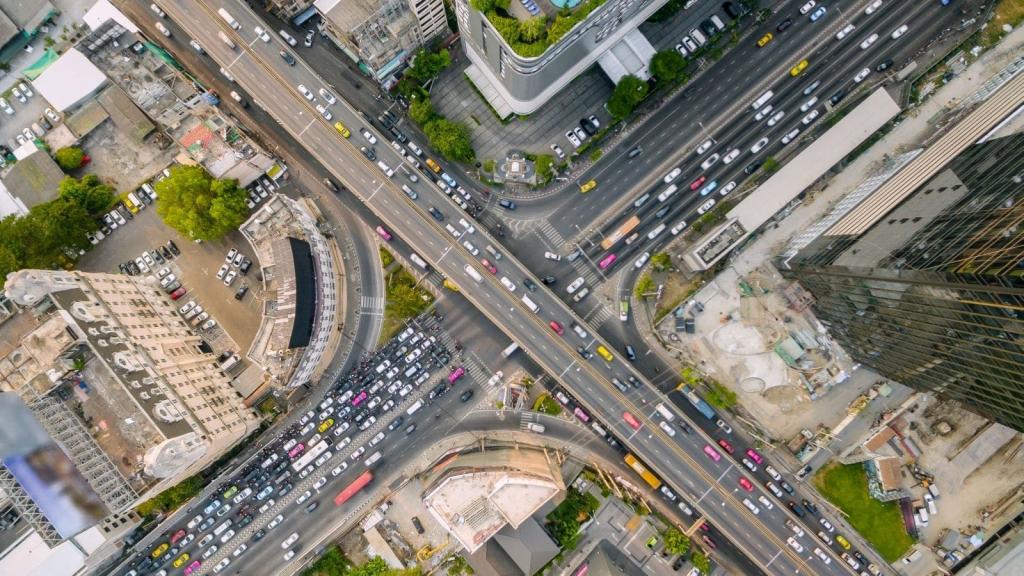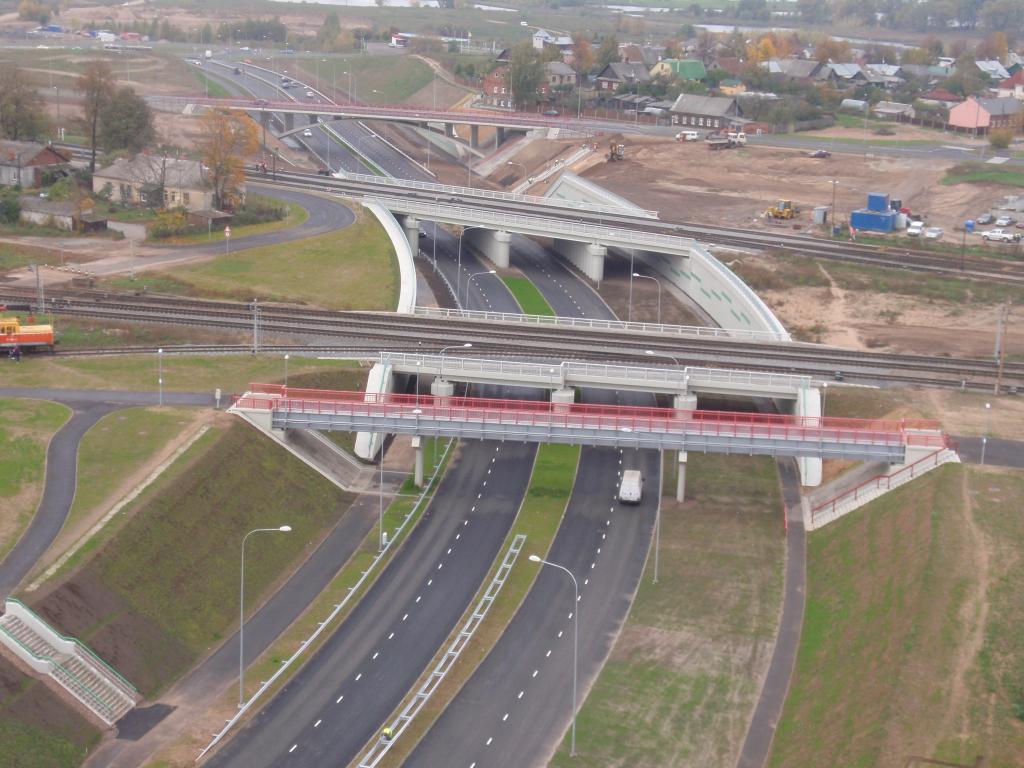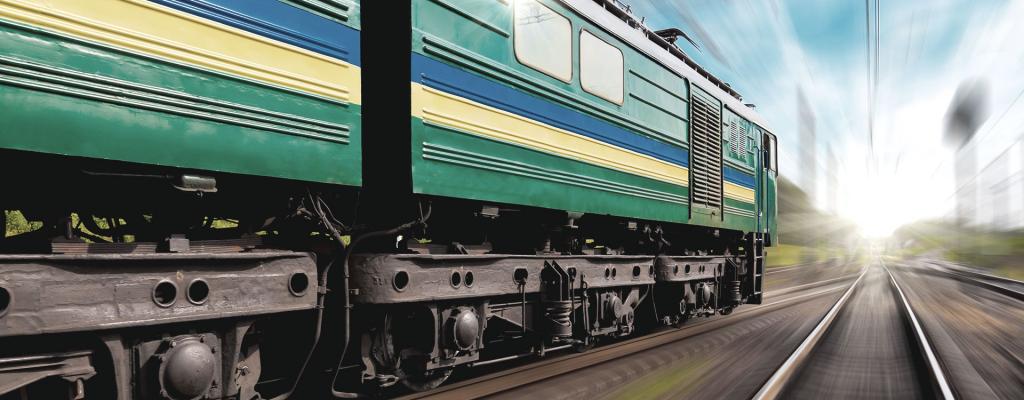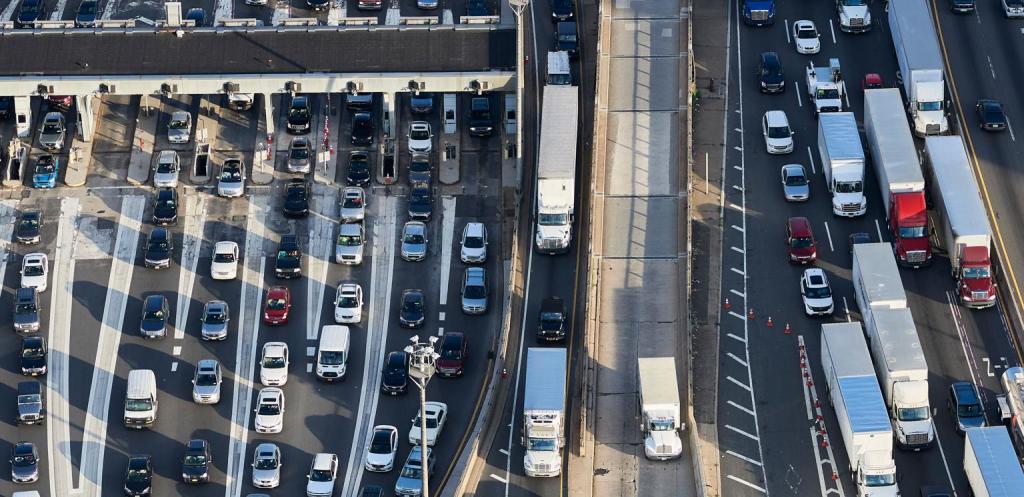The vulnerability assessment of transport infrastructure facilities is carried out without fail and in strict accordance with the laws of the Russian state. The main task is to determine how protected this or that object (it can be both an overpass and a vehicle) from certain threats. It should be noted that the state puts forward rather stringent requirements for regulatory authorities. However, the latter often neglect industry instructions, carrying out only formal inspections of transport infrastructure. An assessment of the vulnerability of objects with obvious violations leads to tragic accidents and catastrophes.

general information
A specific procedure for conducting a vulnerability assessment is legally fixed. Transport infrastructure and facilities (including means of transporting goods and passengers) should regularly undergo this procedure. The rules and its sequence are determined by the state authority, which is entrusted with the development of legislative acts and standards in the field of the transport national economy. At the same time, any documents without fail go through the approval process with industry-specific federal authorities in the field of security, legal and legal regulation.
According to current standards, only a specialized organization can legally carry out vulnerability assessments of transport infrastructure facilities. The procedure for this procedure must be followed. If a third-party organization starts offering services in this area, then these are most likely scammers who want to profit.

Basic concepts
The legislative acts under consideration contain concepts that are not known to a wide range of people. To facilitate understanding of the requirements of the law in the field of assessing the vulnerability of transport infrastructure, it is extremely important to define the basic concepts.
Unlawful interference refers to an action (or inaction) that is unlawful and threatens the security of the complex. Such interference sometimes causes injuries and deaths of people, entails material damage.
A group of infrastructure facilities is a certain category of infrastructure facilities, the unifying feature of which is the likelihood of unlawful intrusions into the work against them, as well as the nature of the consequences of such intrusions.
State governing bodies in the field of transport safety and infrastructure facilities are a set of local authorities and federal bodies that are authorized on behalf of the Government of Russia to carry out work and services to ensure transport safety.
The role of infrastructure entities can be both individuals and legal entities who own certain transport infrastructure facilities. These persons absolutely do not have to own them. They can rent objects or use them on other other legal grounds.

Transport infrastructure is understood as a complex of waterways (internal, i.e. river), roads for cars and trucks (routes), highways, stations, tunnels, bridges, river and sea ports (freight, passenger and highly specialized), metro stations, bus, tram and trolleybus stops, contact wire lines, airports, shipping facilities (canals, dams on rivers, lighthouses, buoys and so on) and many other means of ensuring the safe functioning of infrastructure facilities.
A carrier is a legal entity (an individual entrepreneur may also act as such), which, in accordance with the concluded agreement, undertakes to deliver cargo or passengers to the agreed point and transfer the cargo to the recipient.
Vulnerability assessment of transport infrastructure and facilities is understood to mean a set of measures that make it possible to unambiguously assess the degree of protection and reliability of infrastructure facilities from possible illegal intrusions (both intentional and accidental).

The main stages of assessing the vulnerability of objects
Transport infrastructure is very complicated. It is impossible to carry out a good and high-quality examination of any object without complete and objective information about it. That is why the very first stage of the assessment is a detailed collection of technical data and parameters about each object. Only a qualified engineer with the appropriate higher education in this field (road construction, transportation, traffic management, and so on) can handle this task.
The main objective of measures to verify the technical condition of facilities and the vulnerability of the transport infrastructure is to identify weaknesses in the security system and eliminate them. Therefore, the next step - it is carried out after a thorough analysis of the technical and technological capabilities of the system - is an analysis of the measures that must be taken to prevent illegal interventions, intentional or accidental (through negligence), in the operation of the facilities. It is impossible to analyze the vulnerability of transport infrastructure without going through this stage.
After collecting technical characteristics and parameters, analyzing the protective measures implemented at the facility, the third stage begins - an analysis of the ways and methods of the likely impact on the operation of the facilities.
The above-mentioned rules for assessing the vulnerability of transport infrastructure and facilities were developed in full compliance with the provisions of the order of the Minister of Transport of Russia at number 87 (date - February 11, 2010).
Each of these steps should be considered in more detail.

Analysis of general characteristics and technical data
Whatever the technical solution, with great desire and desire, you can always find any vulnerability of the transport infrastructure.
Object evaluation is carried out in three stages. The first is the analysis of parameters, technical and operational characteristics. Based on its results, the specialist draws up a document that gives a general description of the infrastructure object (structure or vehicle), a general description of the mentioned objects, indicates the features of the operation of the infrastructure objects (operation mode, tested loads, etc.), areas of increased danger as a result of various influences are determined from the side.
Analysis of measures to prevent outsiders from interfering with infrastructure
This stage of assessing the vulnerability of transport infrastructure facilities is also carried out with documentation, which displays the following information:
- organization system;
- adopted system for ensuring the safe operation of facilities;
- detailed description of the security system (equipment and person);
- analysis of the security situation for compliance with the provisions of legislative and by-laws.

Analysis of the methods and methods of probable interference in the work
After this stage, a vulnerability assessment document is prepared. Transport infrastructure and facilities must be well protected. This document without fail contains:
- analysis of the motives and goals of potential violators;
- real opportunities for implementing threats;
- conducting a critical analysis of all possible threats and sorting them by degree of importance;
- development of a model of behavior of a potential violator;
- analysis of the effectiveness of the security system adopted at the facility.
As for the last point (the effectiveness of the adopted model for ensuring safe operation), they resort to modern computer technologies and very expensive software to implement it. In addition, the staff of the organization must have one (or even several) specialist who has passed special courses.

Safety Planning
After a thorough check, based on its results, a plan is developed to improve the security of transport hubs, infrastructure and facilities. As a result of such planning, the management of a particular transport sector receives a list of specific actions that must be carried out in order to improve work efficiency and safety.
The development of a plan of such events cannot be called a creative activity. Each stage of such work is strictly regulated and regulated by federal law. Compliance is monitored by an authorized authority.
Implementation of planned activities should be carried out by the infrastructure facility itself. However, in some cases, all work is carried out with the direct participation of the authorized authority. Here we are talking about particularly important - federal significance - transport infrastructure facilities.
The action plan, in fact, is a plain text document in which block diagrams are drawn. The following information must be indicated in this document:
- Full name (name) of the organization (individual), which has documents on the right of ownership to the considered object of transport infrastructure (vehicle).
- The list of persons authorized to carry out appraisal actions in relation to infrastructure facilities. The list contains the names and initials of the heads of organizations and workers (including the crew of vehicles).
- Parameters and technical characteristics of objects, how they function and operate.
- The location of the object (underground, ground and air borders), information about the areas allowed and prohibited for people, and so on.
- Buildings, technological constructions of the infrastructure object, the penetration of which unauthorized persons will entail unforeseen situations.
Making recommendations on the implementation of actions aimed at improving the safety of infrastructure operation
After implementing the necessary set of measures, an act of vulnerability assessment is drawn up. Transport infrastructure facilities are carefully analyzed. This document provides recommendations on improving the organization of work of the studied objects, on technical modernization and re-equipment of engineering systems, as well as requirements and proposals for improving security systems.
This act must necessarily include methods for a likely violator to achieve vulnerabilities in the system of ensuring the safety of infrastructure in the transport sector, as well as calculations of the likelihood of such destructive actions. Such a document should be made only by a very experienced specialist. If you resort to the services of a person with low qualifications, this can turn into extremely big troubles for the management of the company.
At the request of the customer or the regulatory organization, an additional vulnerability assessment of transport infrastructure facilities is sometimes performed. This procedure is provided by the same subject. Such situations are by no means uncommon.
Presentation of the results of assessment work
At the end of all procedures, the verification result is compiled and sent to a higher authority. Within thirty days (one month), this competent authority is required to issue an opinion either on approval or on refusal to approve this document. For this purpose, in accordance with the established form, an opinion is drawn up signed by the head of the said body or the acting head.
The results of the vulnerability assessment of transport infrastructure facilities are presented in triplicate. One document, certified by the official seal and personal signature of the head, is sent to the head of the object of verification, the second and third remain in the competent authority for further processing and processing of the data for statistical and other purposes.
In the event that the authorized authority decides not to approve the assessment report, an official document is sent to all interested parties explaining the violations and omissions that do not allow the document to be approved. During the regulated periods, these organizations are obliged to eliminate all shortcomings.
If significant structural changes were made to the infrastructure object during the assessment, the authorized body in the field of transport security must decide to conduct an additional vulnerability assessment of all modules and parts of the system that have been affected by the modernization.
Who assesses the vulnerability of transport infrastructure facilities?
As already mentioned, not every subject can carry out this activity. The requirements for entities that are vested with this right are very stringent. They are determined by federal law. In addition, the specialized ministry has developed and maintains a special register of organizations for assessing the vulnerability of transport infrastructure facilities. If the name of the organization is not in this register, then it cannot carry out valuation activities in transport.
The mentioned normative legal act establishes the deadlines during which the verification of transport infrastructure and vulnerability assessment is provided. As a rule, the organization is given a period of one month. During this period, she is obliged to carry out all necessary procedures and draw up documentation.
